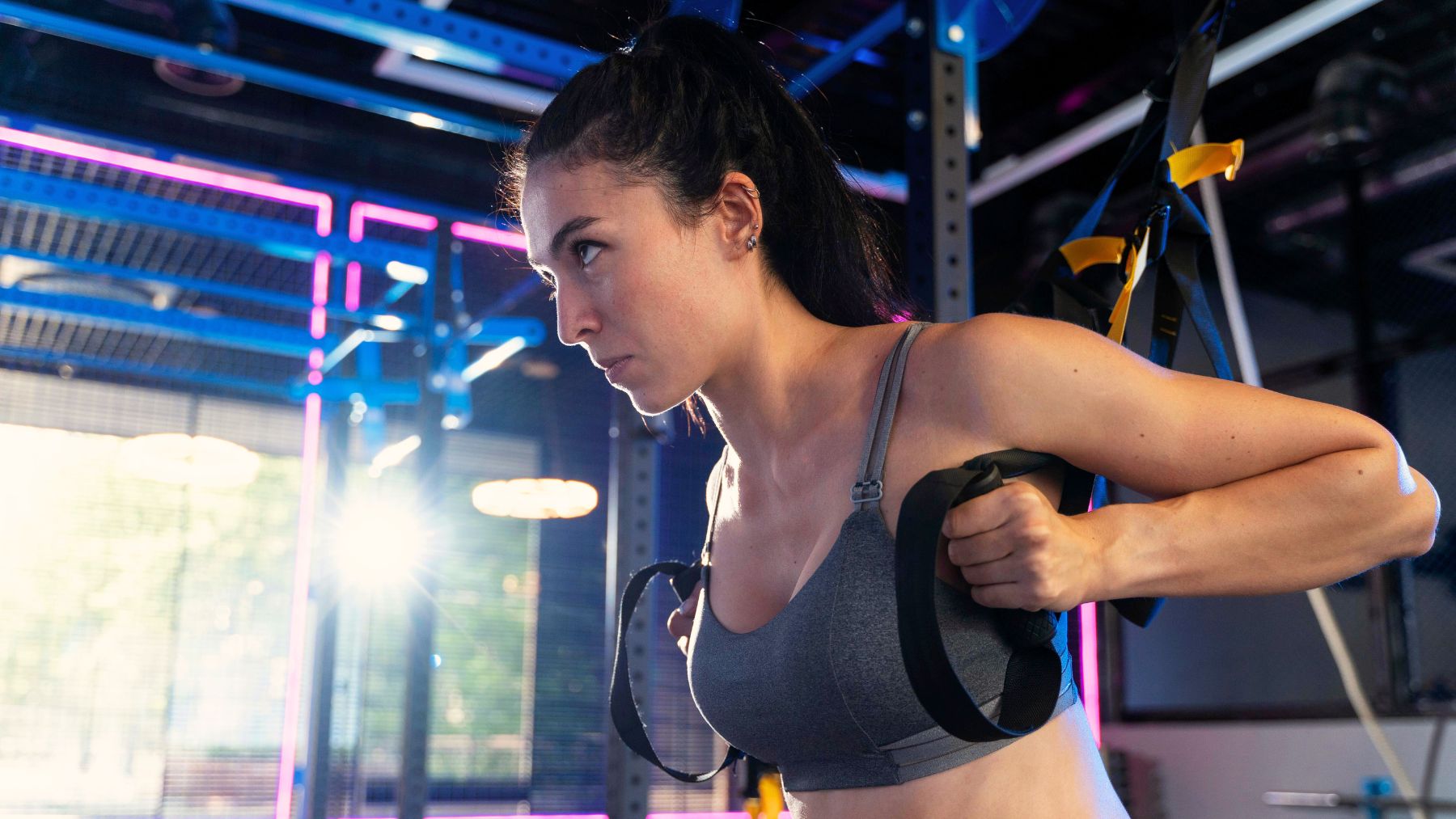If it feels like everyone at your gym is suddenly talking about power training, you’re not imagining it. This high-speed approach to strength training has become the breakout fitness trend of 2025, and it’s not just for athletes. From rehab centers to senior wellness programs, people of all ages are embracing power-based workouts for better strength, balance, and independence.
The rise of power training comes from growing research showing it’s more effective than traditional weightlifting when it comes to real-world strength. Instead of focusing only on how much you can lift, power training trains the kind of movement your body uses in daily life. Here’s what it is and how you can safely start adding it to your routine.
What is power training and its benefits
Power training is about generating maximum force in the shortest time possible. In simple terms, it’s strength plus speed. Think explosive movements like jumping, pushing, or throwing done with control and precision. This style of training activates fast-twitch muscle fibers, which are responsible for quick, powerful actions such as catching yourself from a fall or sprinting across the street.
Unlike traditional resistance training, which focuses on slow and heavy lifts, power training challenges the body to move weight quickly. That makes it especially useful for older adults and people recovering from injury. A study found that seniors who practiced it improved their functional abilities nearly four times more than those who did conventional strength routines. That means better balance, faster reaction times, and fewer falls.
It’s also a favorite among athletes. It improves speed, agility, and coordination, which are essential for sports like basketball, tennis, and track. For anyone looking to age stronger, it supports independence by keeping muscles and joints responsive to quick, everyday demands like standing up from a chair or preventing a stumble.
Technological advances have made it safer and more accessible than ever. Pneumatic resistance machines, such as those from HUR, use air pressure instead of traditional weights. This eliminates inertia, allowing users to train at high speeds without straining their joints, a major reason why rehab centers and senior fitness programs have adopted it.
How to get started with power training
If you’re new to this type of workout, the key is to build gradually, moving with purpose and speed while maintaining form. Here are a few simple ways to integrate it safely into your routine:
- Start with bodyweight movements. Try jump squats, step-ups, or medicine ball throws to develop control and rhythm before adding resistance.
- Use controlled bursts. Focus on short, explosive efforts followed by rest. This trains your muscles to produce quick power without fatigue.
- Incorporate pneumatic resistance machines. These allow for joint-friendly, high-speed training and are ideal for anyone dealing with stiffness or previous injuries.
- Keep sessions short. Quality matters more than quantity. A focused 20-minute power session can deliver great results.
- Start slow and listen to your body. Over time, you’ll notice better coordination, faster movements, and stronger control.
Power training is a shift toward smarter, more functional strength that helps you move, react, and live better at any age. Whether you’re 25 or 75, it’s a workout that pays off in strength, speed, and confidence.

